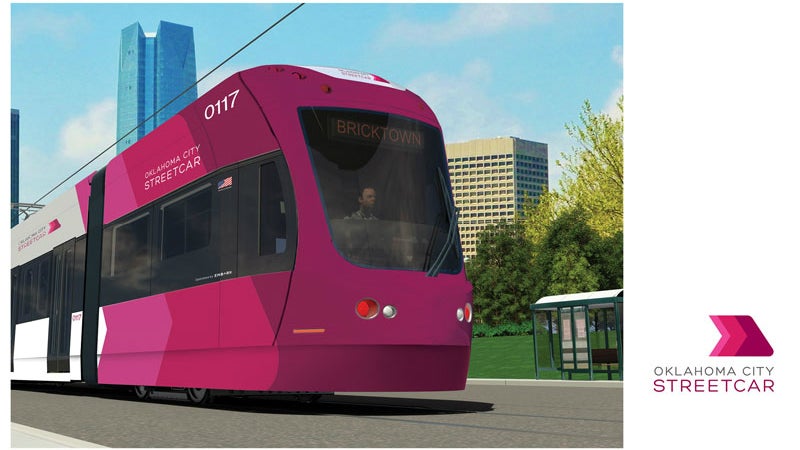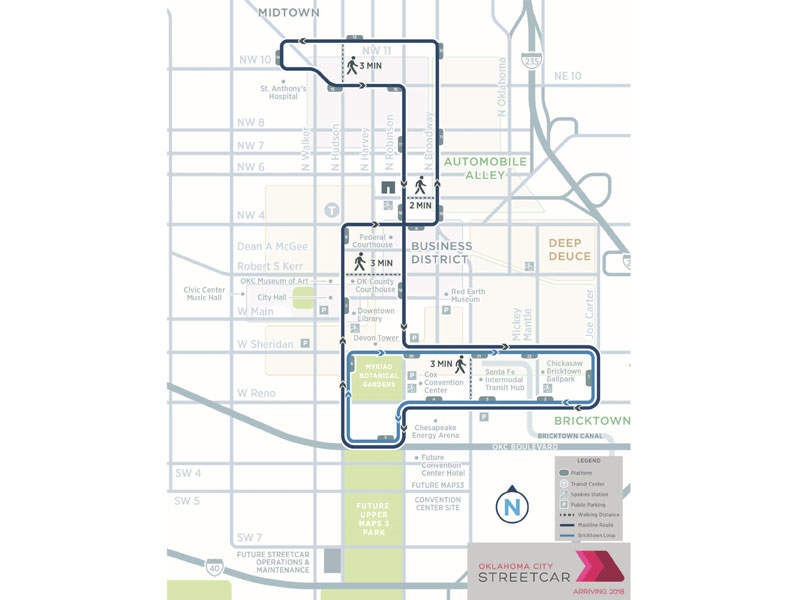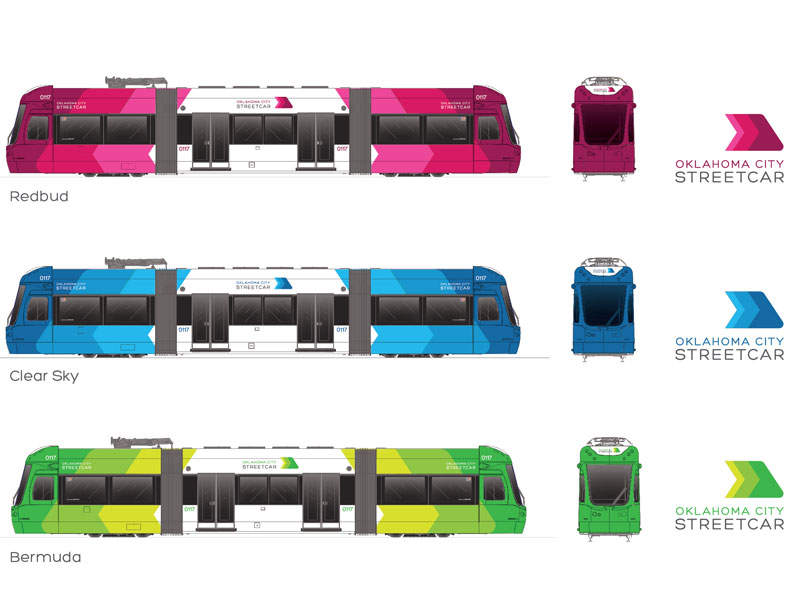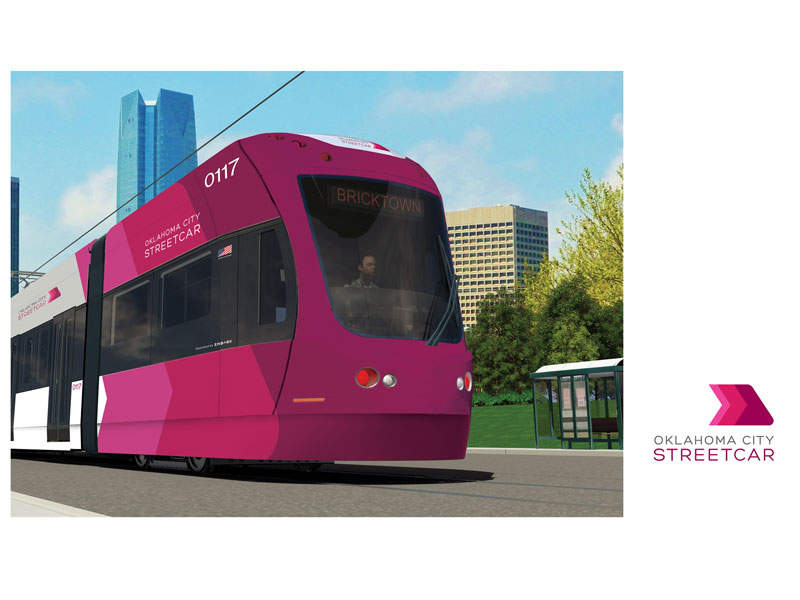
Oklahoma City Streetcar, also known as OKC Streetcar project, is part of the $777m MAPS 3 public transit system being developed in Oklahoma City, Oklahoma, US.
Operated by EMBARK, the project connects the downtown, Bricktown, midtown, arts district and automobile alleys of Oklahoma City.
Construction of the streetcar commenced in February 2017 and was completed in December 2018. The estimated cost of the project is $135m.
The project links primary destinations by integrating with the existing transportation network.
Oklahoma City Streetcar route details
The project includes two routes, with the first being the 3.21km Bricktown loop and the second being a 7.7km mainline.
The Bricktown loop line passes through the future MAPS 3 area, existing Cox Convention Center, the Myriad Botanical Gardens, and the future MAPS 3 Park.
The main line runs across the Central Business District, which links the Downtown Transit Center, Automobile Alley, Midtown, St Anthony Hospital and Bricktown, as well as the intermodal hub (Santa Fe Station), MAPS 3 Convention Center, and MAPS 3 Park.
Numerous factors were considered before finalising the route for the project, including maximising economic development, optimising system operation, future expansion potential, technical requirements and cost.
The routes for future expansions are expected to include the Oklahoma Health Centre, North Classen Drive, and the MAPS 3 Park near South Walker Avenue.
Infrastructure and construction details of Oklahoma City Streetcar project
The project includes the installation of 7.8km of rail track from Bricktown to midtown, across the central business district. Overhead wires installed on the streetcar line supply power.
There are 22 stops running on five streetcars. Each OKC Streetcar stop is ADA-accessible with signs, arrival information, covered shelters and a ticket vending machine. The project also includes a storage and maintenance facility at SW 7th Street and Hudson Avenue.
The track was installed by welding 354ft rail sections. Upon installation of track, concrete was poured on the newly constructed track bed and pavement digging was simultaneously carried out.
Streetcars are equipped with a Wi-Fi system, as well as internal and external cameras to ensure the safety of passengers.
Rolling stock for Oklahoma City streetcar
The streetcar vehicles are 66ft-long and 8ft-wide, with a 70% low-floor area offering 100% kerb-level boarding for passengers.
The vehicle has seating for 30 passengers and can transport up to 104 people. It uses electric power from overhead wires on part of the route and a lithium-ion battery on-board energy storage system (OESS) for remaining routes. The first streetcar arrived in October 2017.
Embark launched the streetcar in three colours, including Bermuda Green, Clear Sky Blue and Redbud. The three colour palettes were unveiled with a tonal colour palette painted on the six streetcars.
Contractors involved
A joint venture of Herzog-Stacey and Witbeck was awarded the contract to construct the rail line.
Brookville Equipment received a $24.9m contract to supply five Liberty streetcars for the project with an option to buy additional cars.
ADG, Jacobs Engineering, AECOM and SOJ served as consultants on the project.
Embark awarded a six-year contract to Herzog Transit Services for operations and maintenance of Oklahoma City Streetcar system in June 2017.










